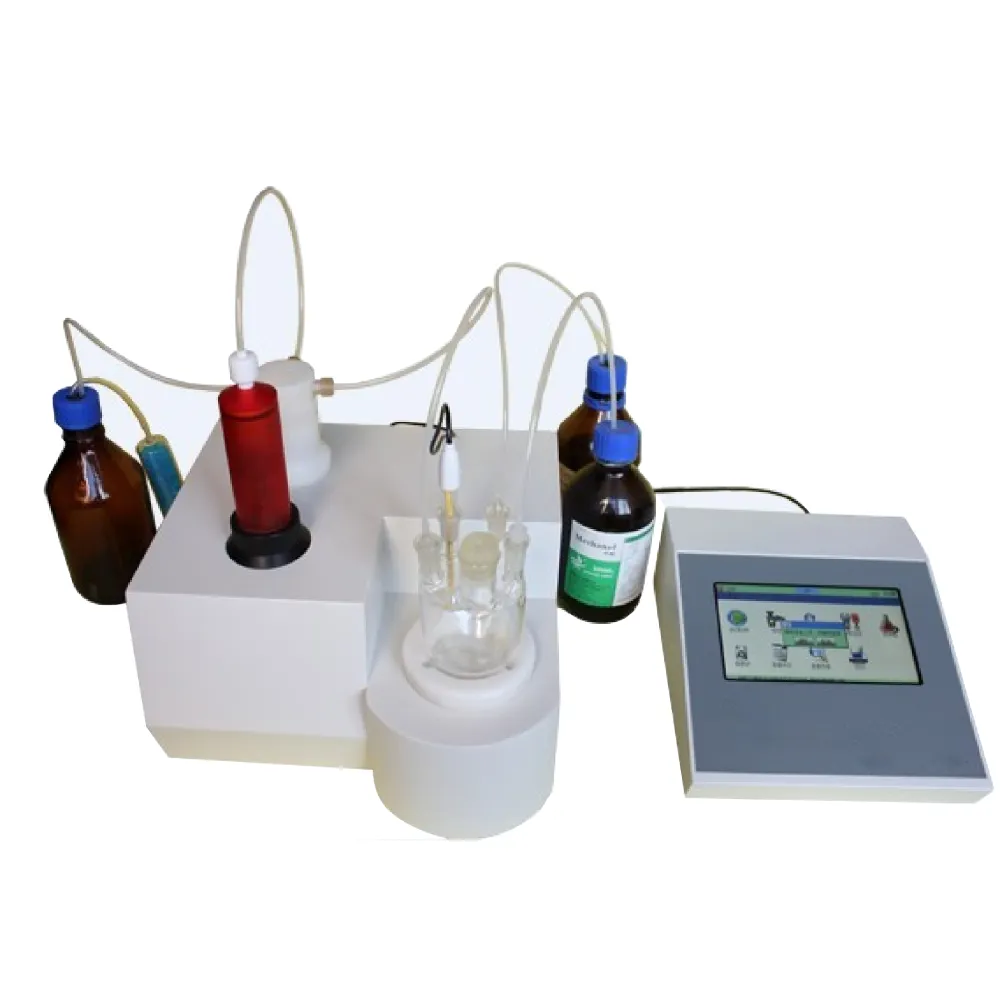 English
English



-
 Afrikaans
Afrikaans -
 Albanian
Albanian -
 Amharic
Amharic -
 Arabic
Arabic -
 Armenian
Armenian -
 Azerbaijani
Azerbaijani -
 Basque
Basque -
 Belarusian
Belarusian -
 Bengali
Bengali -
 Bosnian
Bosnian -
 Bulgarian
Bulgarian -
 Catalan
Catalan -
 Cebuano
Cebuano -
 China
China -
 China (Taiwan)
China (Taiwan) -
 Corsican
Corsican -
 Croatian
Croatian -
 Czech
Czech -
 Danish
Danish -
 Dutch
Dutch -
 English
English -
 Esperanto
Esperanto -
 Estonian
Estonian -
 Finnish
Finnish -
 French
French -
 Frisian
Frisian -
 Galician
Galician -
 Georgian
Georgian -
 German
German -
 Greek
Greek -
 Gujarati
Gujarati -
 Haitian Creole
Haitian Creole -
 hausa
hausa -
 hawaiian
hawaiian -
 Hebrew
Hebrew -
 Hindi
Hindi -
 Miao
Miao -
 Hungarian
Hungarian -
 Icelandic
Icelandic -
 igbo
igbo -
 Indonesian
Indonesian -
 irish
irish -
 Italian
Italian -
 Japanese
Japanese -
 Javanese
Javanese -
 Kannada
Kannada -
 kazakh
kazakh -
 Khmer
Khmer -
 Rwandese
Rwandese -
 Korean
Korean -
 Kurdish
Kurdish -
 Kyrgyz
Kyrgyz -
 Lao
Lao -
 Latin
Latin -
 Latvian
Latvian -
 Lithuanian
Lithuanian -
 Luxembourgish
Luxembourgish -
 Macedonian
Macedonian -
 Malgashi
Malgashi -
 Malay
Malay -
 Malayalam
Malayalam -
 Maltese
Maltese -
 Maori
Maori -
 Marathi
Marathi -
 Mongolian
Mongolian -
 Myanmar
Myanmar -
 Nepali
Nepali -
 Norwegian
Norwegian -
 Norwegian
Norwegian -
 Occitan
Occitan -
 Pashto
Pashto -
 Persian
Persian -
 Polish
Polish -
 Portuguese
Portuguese -
 Punjabi
Punjabi -
 Romanian
Romanian -
 Russian
Russian -
 Samoan
Samoan -
 Scottish Gaelic
Scottish Gaelic -
 Serbian
Serbian -
 Sesotho
Sesotho -
 Shona
Shona -
 Sindhi
Sindhi -
 Sinhala
Sinhala -
 Slovak
Slovak -
 Slovenian
Slovenian -
 Somali
Somali -
 Spanish
Spanish -
 Sundanese
Sundanese -
 Swahili
Swahili -
 Swedish
Swedish -
 Tagalog
Tagalog -
 Tajik
Tajik -
 Tamil
Tamil -
 Tatar
Tatar -
 Telugu
Telugu -
 Thai
Thai -
 Turkish
Turkish -
 Turkmen
Turkmen -
 Ukrainian
Ukrainian -
 Urdu
Urdu -
 Uighur
Uighur -
 Uzbek
Uzbek -
 Vietnamese
Vietnamese -
 Welsh
Welsh -
 Bantu
Bantu -
 Yiddish
Yiddish -
 Yoruba
Yoruba -
 Zulu
Zulu
Different Methods and Techniques in Potentiometric Titration Analysis
Types of Potentiometric Titration A Comprehensive Guide
Potentiometric titration is a technique widely used in analytical chemistry for determining the concentration of an analyte in solution through the measurement of voltage changes. This method leverages the principle that the potential of a solution changes as a titrant is progressively added to it. This article explores the various types of potentiometric titration, emphasizing their applications, procedures, and unique characteristics.
1. Acid-Base Titration
One of the most common forms of potentiometric titration is the acid-base titration. In this method, a strong acid (e.g., hydrochloric acid) is titrated against a strong base (e.g., sodium hydroxide) or vice versa. A glass electrode measures the change in pH, and the inflection point indicates the equivalence point of the reaction. This type of titration is essential for determining the pKa of weak acids and bases, as well as for analyzing the acidity or basicity of various substances in industries ranging from food production to pharmaceuticals.
2. Redox Titration
Redox titration involves the transfer of electrons between the titrant and the analyte. In this method, a redox indicator or an electrode sensitive to the ionic state of the species in solution is used. For example, potassium permanganate (KMnO4) can be used as a titrant for reducing agents like iron(II) ions. The potential change is monitored with a redox electrode, allowing for accurate determination of the endpoint. Redox titrations are frequently utilized in assessing the purity of chemicals, as well as in environmental analysis for determining the concentration of oxidizable materials in water samples.
types of potentiometric titration

Complexometric titration is a specialized potentiometric titration method used primarily to analyze metal ions in solution. Ethylenediaminetetraacetic acid (EDTA) is commonly employed as the titrant in these titrations. The formation of a metal-EDTA complex generates a significant change in potential, which is monitored to establish the endpoint of the titration. This technique is particularly important in biological and environmental chemistry for quantifying metal ions and assessing water quality.
4. Precipitation Titration
In precipitation titration, the titration process results in the formation of a precipitate. This technique often employs potentiometric measurement to track the formation of a precipitate, which alters the solution's electrical conductivity. A classic example is the titration of chloride ions with silver nitrate, where the formation of insoluble silver chloride signifies the endpoint. Potentiometric precipitation titrations are crucial in applications such as determining halide concentrations and analyzing ionic compositions in aqueous samples.
5. pH-Stat Titration
pH-stat titration is a dynamic method where the pH of a solution is maintained at a constant value while a titrant is added. This technique is particularly useful for studying buffer systems and enzyme reactions, where maintaining a specific pH is critical for reaction viability. By using a pH meter connected to a computer control system, real-time adjustments are made to the titrant addition, allowing for precise control over the reaction environment.
Conclusion
Potentiometric titration is an invaluable analytical technique that comes in various forms, each tailored to specific types of chemical reactions and analyses. From acid-base to complexometric and redox titrations, each method provides unique insights into the composition of solutions. Understanding the different types of potentiometric titration not only enhances analytical capabilities but also plays a vital role in a wide range of scientific and industrial applications. As technologies advance, the precision and efficiency of these methods are expected to improve, paving the way for even greater advancements in chemical analysis.
-
Transformer Test Essentials: Insulating Oil Tester and TypesNewsMay.30,2025
-
Grease Testers and Oil Determination OverviewNewsMay.30,2025
-
Exploring Electricity Usage Testers and GeneratorsNewsMay.30,2025
-
Essential Guide to Transformer Oil Testing ToolsNewsMay.30,2025
-
Ensuring Safety with a Circuit Breaker FinderNewsMay.30,2025
-
Electrical Safety Tools Hipot, Dielectric, VLF TestersNewsMay.30,2025



